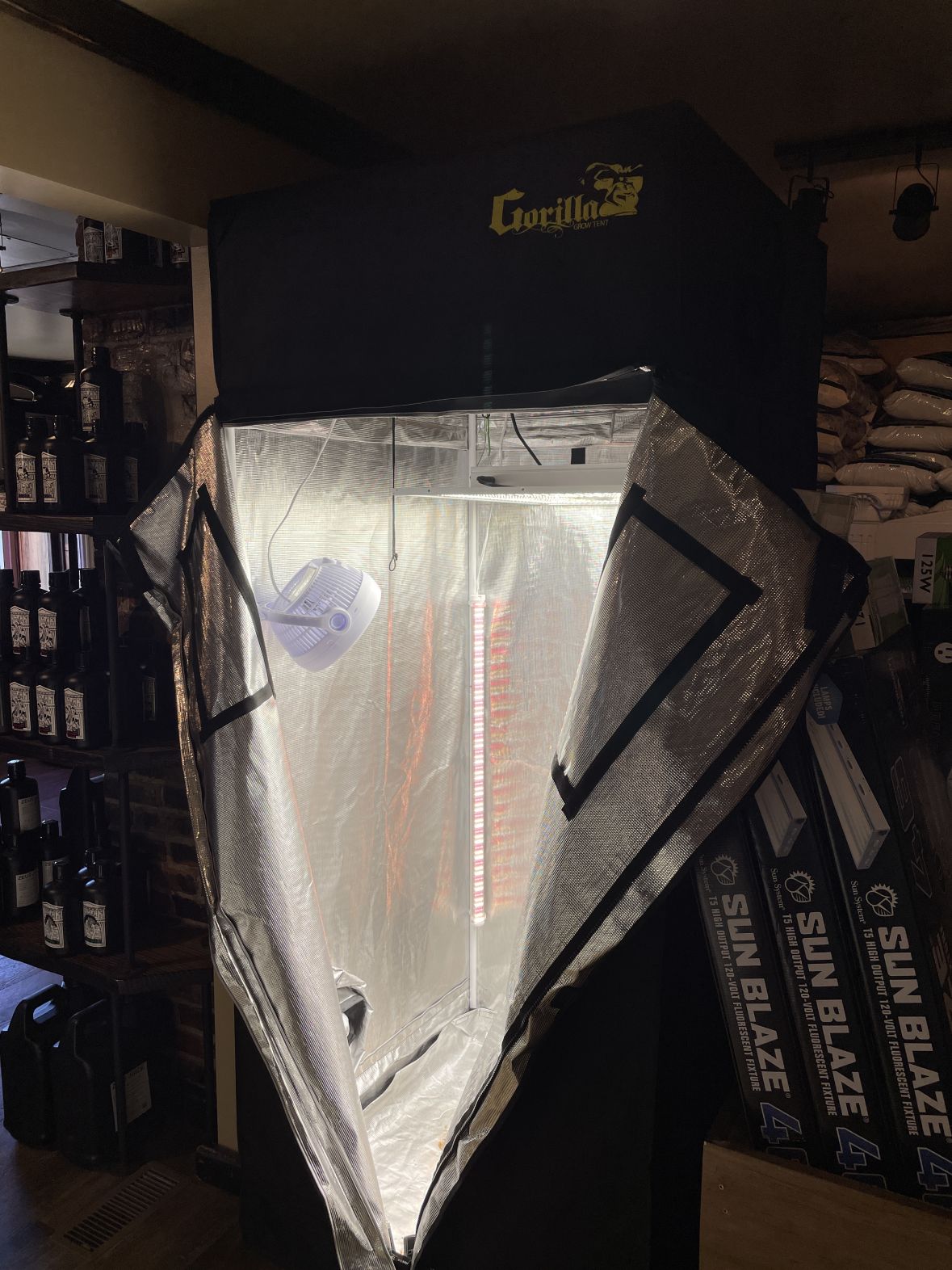The Indoor Earthworm Means: A Game-Changer in Growing Techniques
Wiki Article
Opening the Prospective of Hydroponics: Recognizing Its Uses and Different Kinds
Hydroponics, a method of cultivating plants without dirt, has actually garnered raising attention for its prospective to change farming and cultivation practices. The precision control over nutrient delivery, water usage, and ecological variables offers a peek right into a future where food manufacturing can be maximized in various settings. As we navigate with the detailed landscape of hydroponic systems and techniques, it ends up being obvious that each strategy holds distinct advantages and constraints. By unraveling the diverse uses and kinds of hydroponics, we can reveal a globe of opportunities that might improve exactly how we imagine sustainable farming and gardening methods.Advantages of Hydroponic Equipments

An additional advantage of hydroponic systems is the ability to grow plants in a smaller area. By getting rid of the demand for dirt, plants can be expanded up and down or in piled systems, making the most of making use of offered area. This is specifically valuable in city locations or areas with restricted cultivable land. Moreover, hydroponic systems minimize the danger of soil-borne illness and bugs, as there is no dirt to nurture these dangers. This brings about much healthier plants and lowers the demand for unsafe chemicals, making hydroponic farming an extra lasting and eco-friendly alternative.
Usual Utilizes in Agriculture

Provided the efficient water conservation and space-saving advantages of hydroponic systems, it is obvious that these ingenious agricultural techniques have found common usages in numerous markets of agriculture. The controlled atmosphere of hydroponic systems makes it possible for year-round farming, giving a regular supply of fresh fruit and vegetables no matter of exterior climate problems.
Hydroponics is generally utilized for expanding a variety of crops, including leafed environment-friendlies, tomatoes, cucumbers, strawberries, peppers, and natural herbs. Additionally, hydroponic systems are used in research and academic setups to research plant development, nutrition, and cultivation strategies.
Exploring Different Hydroponic Techniques
Hydroponic systems supply a variety of methods that provide to different plant kinds and cultivation objectives. In addition, the Ebb and Flow system, also recognized as the Flooding and Drainpipe system, periodically floods the plant origins with nutrient solution, allowing for oxygenation during draining pipes periods. Each of these techniques showcases the flexibility and efficiency of hydroponic systems in boosting plant growth and return.Comparing Different Hydroponic Equipments
Checking out the efficiency and return improvement techniques in hydroponics leads us to contrast various hydroponic systems offered for plant cultivation. Each hydroponic system has its distinct attributes, advantages, and restrictions, making it vital for cultivators to select one of the most appropriate system based upon their particular demands and constraints.Among one of the most common hydroponic systems is the nutrient film strategy (NFT), where a slim movie of nutrient option continually flows over the plant roots. This system is treasured for its water efficiency and suitability for expanding leafy eco-friendlies and natural herbs. In comparison, the deep water society (DWC) system immerses plant origins directly right into the nutrient solution, supplying ample oxygen and nutrients. The DWC system is fairly simple and economical, making it a popular option for novices.
Another prominent hydroponic system is the ups and downs (or flooding and drainpipe) system, which occasionally floods the plant origins with nutrient option prior to draining it. This cyclic procedure makes sure correct oygenation for the origins while providing nutrients effectively. Furthermore, the aeroponic system suspends plant roots view in the air More Info and mists them with a nutrient service, advertising quick growth and high oxygenation degrees. Cultivators looking for a functional system that decreases water use usually select aeroponics. By understanding the differences in between these hydroponic systems, farmers can make educated choices to make the most of crop yield and high quality.
Technologies in Hydroponic Modern Technology
With improvements in hydroponic innovation, the agricultural sector is seeing a shift in the direction of much more sustainable and efficient growing methods. Technologies in hydroponic innovation are reinventing the method plants are grown by taking full advantage of returns, saving sources, and minimizing environmental impact. One key technology is the advancement of smart hydroponic systems that utilize sensing units and automation to keep an eye on and adjust ecological conditions such as pH levels, nutrient focus, and light exposure in real-time. click here for more info These systems enable specific control over growing conditions, resulting in optimum plant growth and greater crop returns.One more significant advancement is the combination of upright farming strategies with hydroponic systems, permitting the growing of plants in stacked layers. This upright approach optimizes space usage, making it suitable for city atmospheres where land schedule is limited - The Indoor Earthworm. Furthermore, the use of sophisticated LED lights systems tailored to specific plant requirements has enhanced power performance and improved development prices in hydroponic arrangements
Developments like these are driving the development of hydroponics, making it a sustainable and highly appealing choice for modern-day farming.
Conclusion
To conclude, hydroponics provides many advantages in farming and has numerous strategies and systems that can be utilized to maximize its potential. Innovations in hydroponic technology remain to enhance effectiveness and sustainability in food production. By understanding the usages and various kinds of hydroponic systems, farmers and farmers can open the complete possibility of this cutting-edge approach of expanding plants without dirt.In addition, hydroponic systems permit for far better control over nutrient degrees, pH equilibrium, and ecological conditions, leading to much healthier plants and greater returns.

Report this wiki page